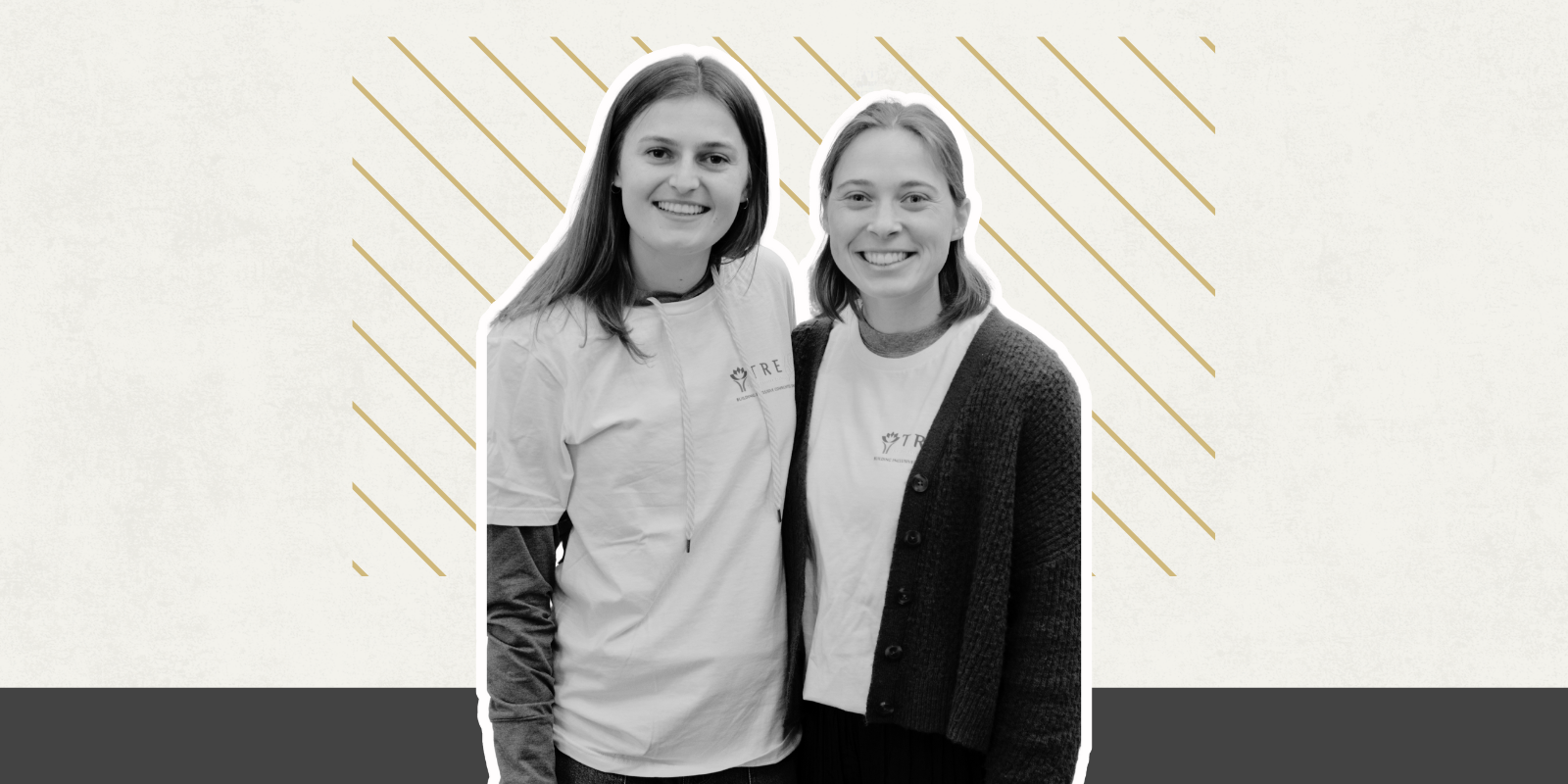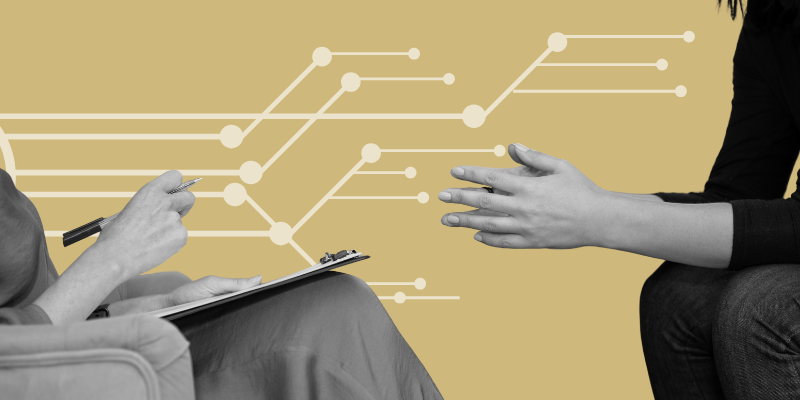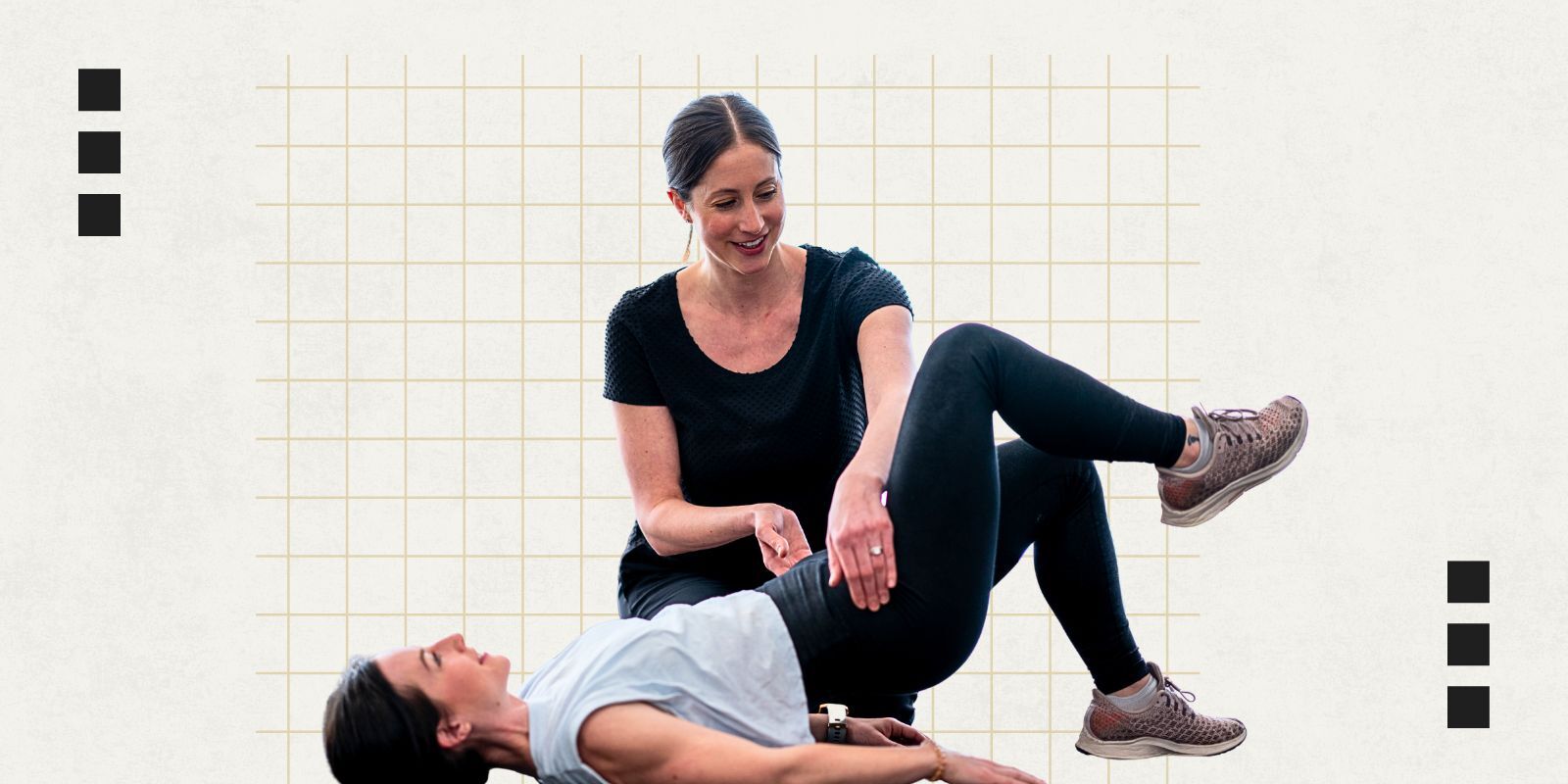A health fair led by the Aurora Wellness Community (AWC) this spring drove home what AWC staff and volunteers have known for years: There is a real need for free, accessible health care resources in the Aurora community.
“Once it was over, community members immediately started asking, ‘When is the next one? Is this going to be an annual thing? Are we going to be able to access additional screenings?’” says Griselda Pena-Jackson, engagement strategist for the AWC and staff member in the Department of Family Medicine at the University of Colorado School of Medicine. “Community members want more of these events to take place — they need the services to be far reaching and offer a large variety and be accessible for free. Most of the community members who attended the event are in the realm of either not being able to access insurance and health care, or in need of specialty care, but don't know where to get it.”
The AWC is a partnership between the Aurora community and the CU School of Medicine aimed at building health, wealth, and well-being for residents of the neighborhoods closest to the CU Anschutz Medical Campus — some of the most medically underserved ZIP codes in Colorado.
The nonprofit plans to open a permanent clinic in the community in August, and the March 30 health fair at Aurora Science and Tech Middle School and High School was a sort of proof of concept, bringing together under one roof services including skin cancer screening, colorectal cancer screening kit distribution, routine blood work, rheumatology screenings, child and adult vaccinations, dental and hearing screenings, HIV and STD screenings, blood pressure checks, and pharmacist consultations, as well as children’s crafts and face painting. Services were offered by departments within the CU School of Medicine, as well as community partners.

A visitor receives a vaccination at the AWC health fair.
Among the centers and departments from the CU Anschutz Medical Campus and CU School of Medicine participating in the health fair were the CU Cancer Center, the Department of Otolaryngology, the Office of the Vice Chancellor for Research, the Multidisciplinary Center on Aging, the community nutrition program and BfitBwell Cancer Exercise Program from the CU Anschutz Health and Wellness Center, the Ludeman Family Center for Women’s Health Research, the Center for Health Equity, the CU School of Dental Medicine, and the Helen and Arthur E. Johnson Depression Center in the Department of Psychiatry.
“It was a great opportunity to see the University folks and the community come together in one place and work elbow to elbow to fill in some of the health gaps that are happening in the community,” Pena Jackson says. “We also had students from the pharmacy school and the dental school who came to provide services, which allowed the Aurora Science and Tech students to see the different stages of becoming a health care provider.”
The total of 42 organizations that provided resources and services at the event included community partners as well, among them Xcel Energy, Salud Family Health Center, Qwest Diagnostics, the City of Aurora Office of International and Immigrant Affairs, and Hunger Free Colorado.
Asking those groups to take part in the event sowed the seeds for more collaboration between AWC and community organizations, Pena-Jackson says.
“We want to be at the center of creating those connections and bringing the voice from the community into the University,” she says. “We want to let folks on the Anschutz campus know the services that are needed and make them aware that community organizations want to work with them and collaborate. Health equity and the lack of health care in the community that immediately surrounds the campus is a big issue, and it’s important to show that we’re tackling it together.”
Dramatic impact
The impact of the health fair on the Aurora community was profound and immediate, says Maureen Maycheco, the AWC’s communications and marketing lead. Children received vaccinations that qualified them for daycare, while adults received vaccines that allowed them to gain access to full-time employment. Dental work and blood pressure checks that have been put off — in some cases for years — due to language and other socioeconomic barriers were able to be performed in the heart of the community, in a welcoming, non-judgmental environment.
“It was an amazing opportunity for the community to receive services they historically have had trouble accessing from a fundamental resource perspective — transportation, money, insurance — but also due to psychological factors like fear, past bad experiences, people not listening, or medical teams not understanding their unique circumstances,” Maycheco says. “Those community partners coming together with the campus partners created this whole health continuum, in one tiny high school, for people to walk around and access for free.”
Barbara Pena, business professional for AWC, adds that while she was serving as an interpreter in the dental area of the health fair, a group of children from Venezuela, aged 7-9, arrived for dental screenings.
“Many of them had never been to the dentist before and were in need of follow-up dental care,” Pena says. “This highlights the importance of the work being done and the need for continued support in these communities.”
Filling in gaps
The AWC, which has been organizing and attending events in the community over the past two years, started the planning process for the health fair by reaching out to community members to ask about gaps they were seeing in the community’s access to health care. The 2023 shutdown of the 9Health Fair — later known as 365 Health — played into the planning as well.
“There’s been a huge gap left by not offering those screenings in the community,” Pena-Jackson says. “Initially, the thought was, how can we fill some of those gaps? From there, we went out into the community and talked with organizations that were working within the ZIP codes already and had reach into the community. There was a huge effort on focusing resources that would be accessible to community after the health fair.”
Event organizers also worked with the Aurora-based DAWN Clinic — a free clinic staffed by faculty and students from the CU School of Medicine — to provide follow-up services after the fair.
“We didn’t just want to go out there and give them screenings and then say, ‘Thank you very much’ and send them on their way,” Pena-Jackson says. “We got assistance from the DAWN Clinic and the CU Department of Family Medicine. If there was anything glaring in the cancer screenings or the blood tests, community members would be contacted by a health care professional.”

A family interacts with a volunteer at the AWC health fair.
Longer-term care for health care attendees, the AWC leadership hopes, can be provided at the AWC clinic when it opens in August.
“The hope was that the health fair starts to help to build those relationships with the community,” Maycheco says. “There was so much thought put into making it a comprehensive event. Griselda arranged an inclusivity training for everyone who was volunteering and working there, and there were language interpreters and translators set up as well. We wanted people to come, experience services, and get access to follow-up care, but also, we wanted to start building the relationship between AWC in the community and AWC on the campus.”
Campus and community connections
Several faculty members from the CU School of Medicine volunteered their time at the fair, including Colleen Conry, MD, professor of family medicine, and Kelet Robinson, MD, medical director for AWC and visiting associate professor of family medicine. Neil Krauss, assistant vice chancellor of initiatives and community engagement in the Office of Diversity, Equity, Inclusion, and Community Engagement, showed up to offer his support, as did Anne Fuhlbrigge, MD, senior associate dean for clinical affairs, who worked the registration table the entire day.
“There were some really prominent folks from the University who showed up to volunteer and help,” Pena-Jackson says. “I think that that speaks to the desire of the University and the community to come together and create change for a healthier community for all of us.”
The AWC enlisted community members as volunteers as well, including Aurora Science and Tech students who got to spend time with doctors and other health care providers all day, possibly igniting an interest in a career in medicine.

The AWC staff working the health fair.
“We see our efforts as giving community members a hand up, not a handout,” Pena-Jackson says. “Many community members volunteered the day before, to help us set up, and some of them helped us break down after the event. It was really a community effort.”
Next steps
What’s the next for the AWC health fair? Organizers say they are still looking at data and figuring out their options — and waiting to see what might change when the AWC clinic opens later this summer.
“We do not have another fair set yet, but we’re examining the best ways we can partner with the community to continue to offer some of these services,” Pena-Jackson says. “The AWC clinic will be a touch point for community health, so once we get that up and running, that will help us decide if we're going to continue with this initiative, or if it needs to look different in the future. Either way, we are always continuing to partner with community.”



